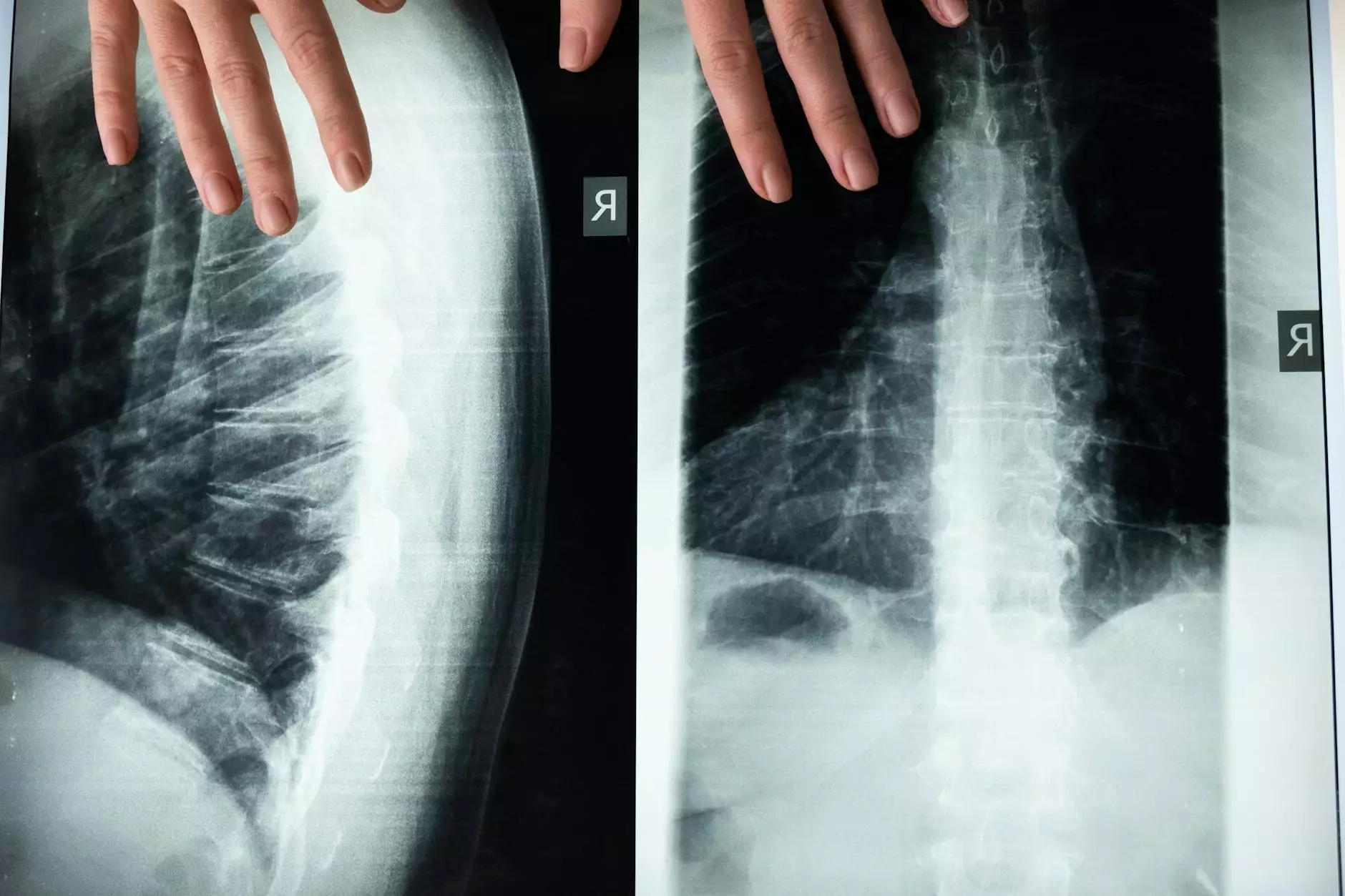Laparoscopic Salpingo Oophorectomy Procedure: A Comprehensive Guide

The laparoscopic salpingo oophorectomy procedure is a minimally invasive surgical technique primarily aimed at removing one or both of a woman’s ovaries and/or fallopian tubes. This guide will delve deeply into this procedure, covering everything from its indications to recovery protocols, providing potential patients with a thorough understanding of what to expect.
What is Laparoscopic Salpingo Oophorectomy?
The term “laparoscopic salpingo oophorectomy” combines three components: ‘laparoscopic,’ ‘salpingectomy,’ and ‘oophorectomy.’ Understanding these terms is fundamental:
- Laparoscopic: Refers to a surgical technique that uses small incisions and a camera (laparoscope) to guide the procedure, promoting recovery with less pain and shorter hospitalization.
- Salpingectomy: The removal of one or both fallopian tubes, which may be necessary in cases of ectopic pregnancy or infection.
- Oophorectomy: Involves the removal of one or both ovaries. This may be indicated in cases of ovarian tumors, cysts, or other related health issues.
Indications for the Procedure
The laparoscopic salpingo oophorectomy procedure is typically indicated in several clinical scenarios, including:
- Ovarian Tumors: Whether benign or malignant, tumors can compromise ovarian function and overall health.
- Ovarian Cysts: Persistent or painful cysts may necessitate removal.
- Ectopic Pregnancy: A pregnancy that occurs outside the uterus can pose significant health risks and requires intervention.
- Endometriosis: A condition where uterine tissue grows outside the uterus, often affecting the ovaries and fallopian tubes.
- Pelvic Inflammatory Disease (PID): Severe PID may require removal of infected reproductive organs to prevent further complications.
Preparing for the Procedure
Preparation is essential for the success of the laparoscopic salpingo oophorectomy procedure. Here are the main steps to ensure a smooth experience:
- Consultation: A thorough consultation with your gynecologist is crucial. Discuss your medical history, current medications, and any concerns.
- Preoperative Testing: Blood tests, imaging studies, and other assessments may be required to determine the best course of action.
- Fasting Instructions: Patients are typically instructed to fast for a certain period before the procedure to prevent complications during anesthesia.
- Arranging Postoperative Care: It's advisable to have someone accompany you to the hospital and assist with recovery post-surgery.
The Surgical Procedure
Understanding what happens during the laparoscopic salpingo oophorectomy procedure can alleviate anxiety. Here is what to expect:
- Anesthesia: The patient is administered general anesthesia to ensure comfort throughout the procedure.
- Incision Creation: Small incisions (usually 0.5 to 1.5 cm) are made in the abdomen to allow for the insertion of the laparoscope and surgical instruments.
- Visual Inspection: The laparoscope is equipped with a camera that transmits images to a monitor, allowing the surgeon to observe the pelvic organs.
- Tissue Removal: The ovaries and/or fallopian tubes are carefully excised. If cysts or tumors are present, they are also removed.
- Closure: The incisions are closed using sutures or surgical glue, and the patient is moved to a recovery area.
Benefits of the Laparoscopic Approach
The laparoscopic method offers numerous advantages over traditional open surgery, including:
- Reduced Pain: Smaller incisions lead to less postoperative pain compared to open surgery.
- Shorter Recovery Time: Patients can often return to their normal activities much faster.
- Minimal Scarring: The small size of incisions results in minimal scarring.
- Lower Risk of Infection: Fewer and smaller incisions reduce the chance of infections.
Risks and Considerations
While the laparoscopic salpingo oophorectomy procedure is generally safe, patients should be aware of potential risks, such as:
- Bleeding: Excessive bleeding during the procedure may necessitate blood transfusions.
- Infection: As with any surgical procedure, there is a risk of infection at the incision sites.
- Injury to Nearby Organs: Although rare, surrounding organs can be accidentally injured during surgery.
- Anesthesia Risks: Some patients may have adverse reactions to anesthesia.
Postoperative Care and Recovery
Recovery from the laparoscopic salpingo oophorectomy procedure typically involves:
- Rest: Patients should plan for several days of rest to aid healing.
- Follow-up Appointments: It's essential to attend follow-up visits to monitor recovery and discuss any persisting symptoms.
- Managing Pain: Prescription medications may be provided for pain management post-surgery.
- Gradual Return to Activity: Patients are usually advised to gradually resume normal activities, avoiding any heavy lifting for a few weeks.
Potential Impact on Fertility
For women who are still of reproductive age, it’s important to discuss how the laparoscopic salpingo oophorectomy procedure may impact future fertility. Here's what you need to know:
- If one ovary is removed, the remaining ovary can still function normally, providing the potential for conception.
- Removal of both ovaries typically leads to infertility and may also initiate menopause, necessitating discussion about hormone replacement therapies.
- Women considering future pregnancies should discuss egg freezing options or other preservation methods with their healthcare provider.
Conclusion
In summary, the laparoscopic salpingo oophorectomy procedure is a viable and effective treatment option for various gynecological issues, including ovarian tumors, cysts, and endometriosis. Its minimally invasive nature offers several advantages, including reduced pain and quicker recovery times. However, it is essential for patients to engage in open discussions with their healthcare providers regarding the procedure, risks, and potential impacts on fertility.
For individuals seeking further information or treatment, Dr. Seckin and his dedicated team are committed to providing expertise and support in women's health, ensuring that patients make informed decisions regarding their health care.









